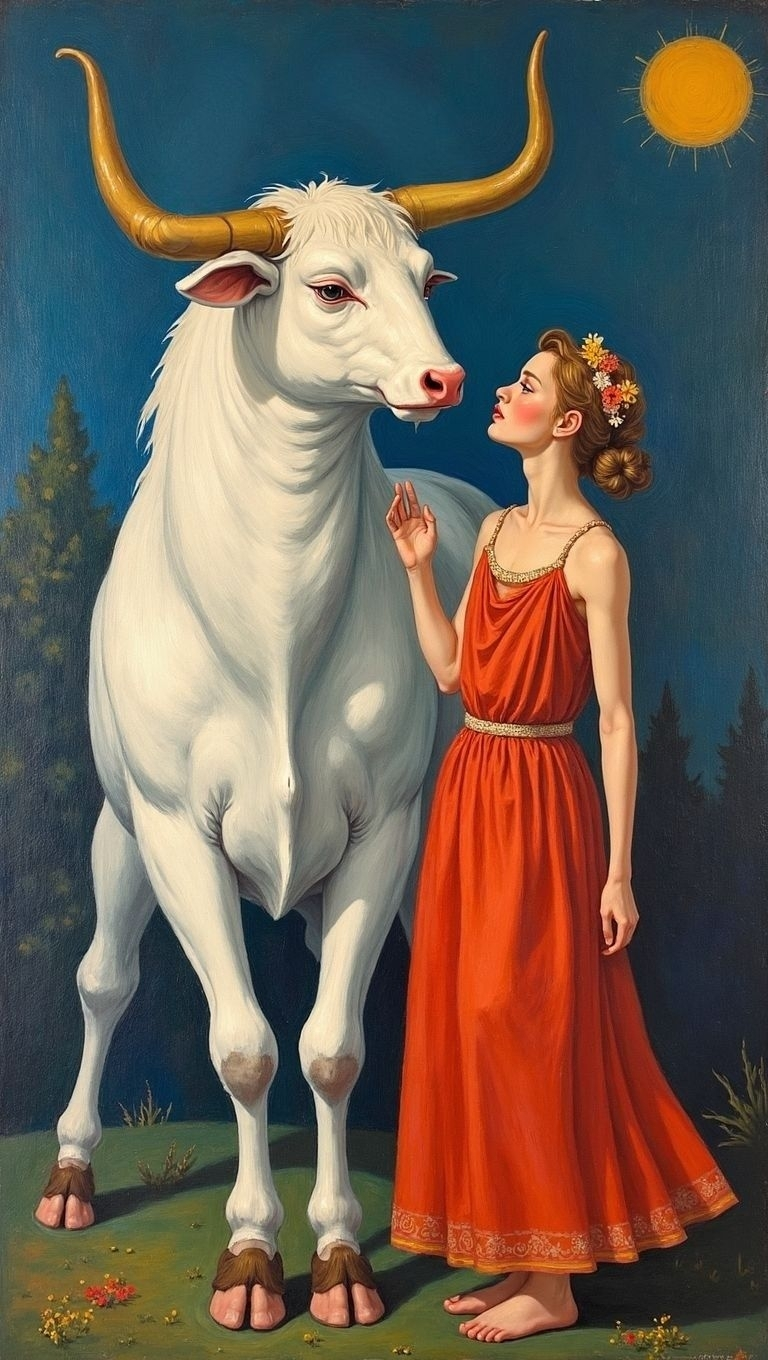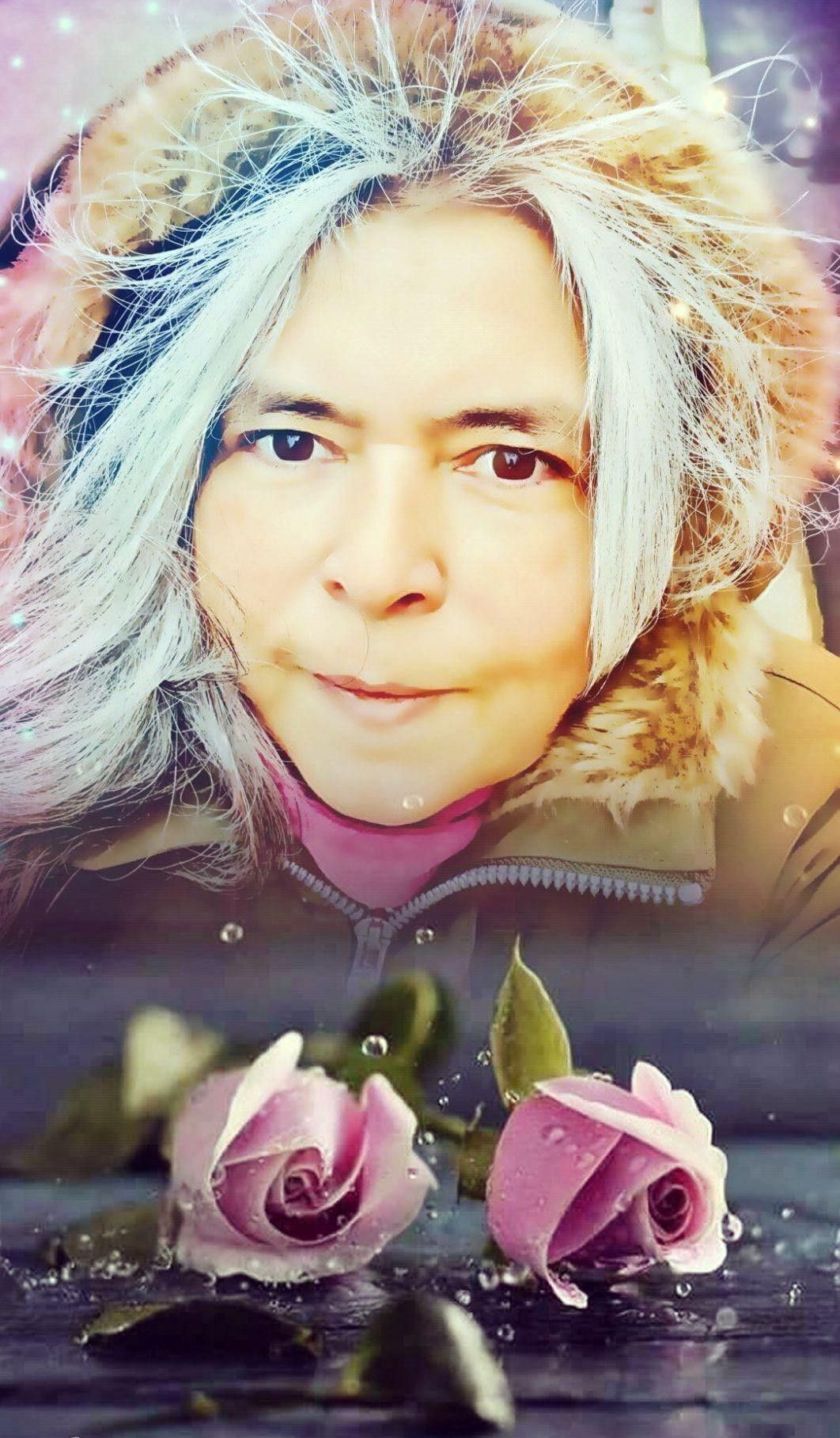European Mythology - Myth of Europe
The oldest literary reference to Europe is in theIliadfromHomerto find where Europe is the daughter ofPhoenixAncient narratives of the Europa myth can be found in Moschos's "Europa" and in the "Metamorphoses“ of theovid. There are also other stories of the abduction of Europa.
According to Ovid,Jupiter(Roman for Zeus) into a bull, a particularly powerful but very peaceful-looking specimen with pure, snow-white fur and small horns that look as if they had been crafted by an artist. Jupiter mingles with a herd of royal bulls, whichMercury(Roman for Hermes) had previously driven to the shore, and thus approaches Europa, who is on the beach with her companions. She plays with the bull, feeds him, strokes him, and wraps flowers around his horns. Finally, she dares to climb onto his back – and the bull goes with her into the water and swims out to sea. He takes her toCrete, where he sheds his bull form and reveals himself.
The name Europe was given by the goddess Aphrodite.
The oldest discovered vase paintings that clearly depict Europa date back to the 7th century BC. Later depictions usually depict Europa, following Ovid's description, being abducted by Zeus's bull. She is usually only lightly dressed or completely naked, sitting astride (in older depictions), sideways, or semi-reclining (in more recent depictions) on the back of the white bull, clinging to it and showing no signs of fear. (Source: Wikipedia)










